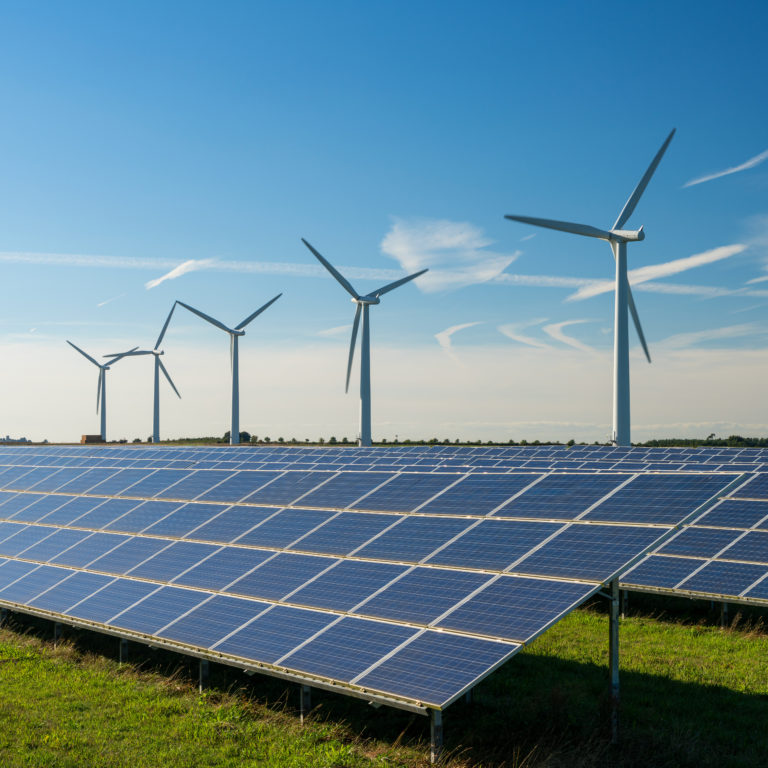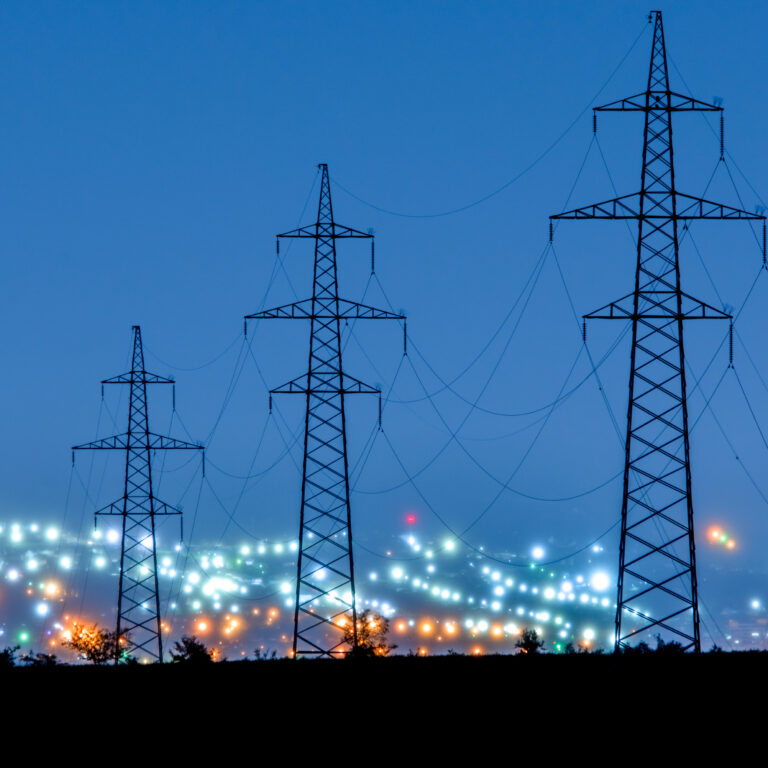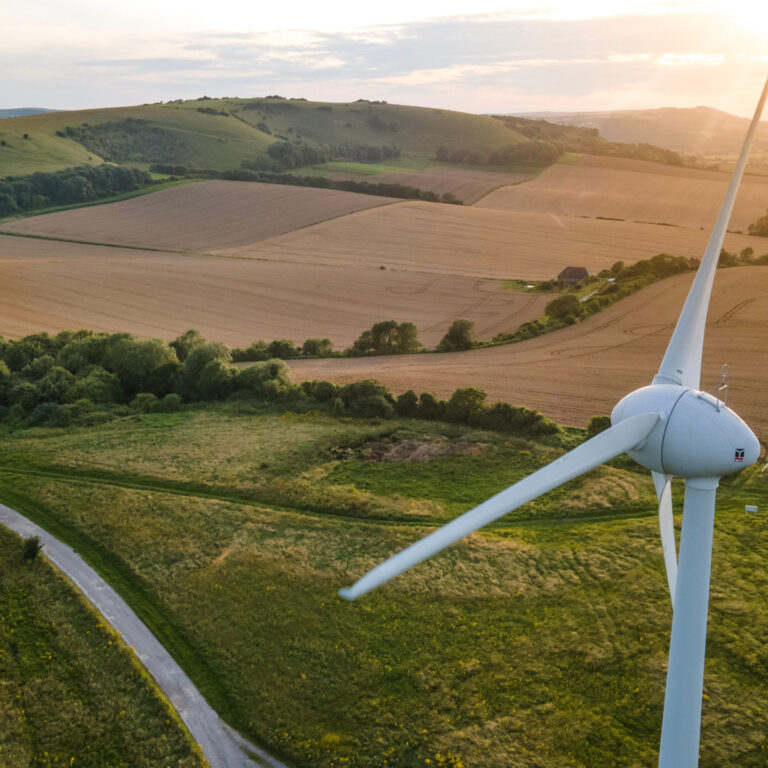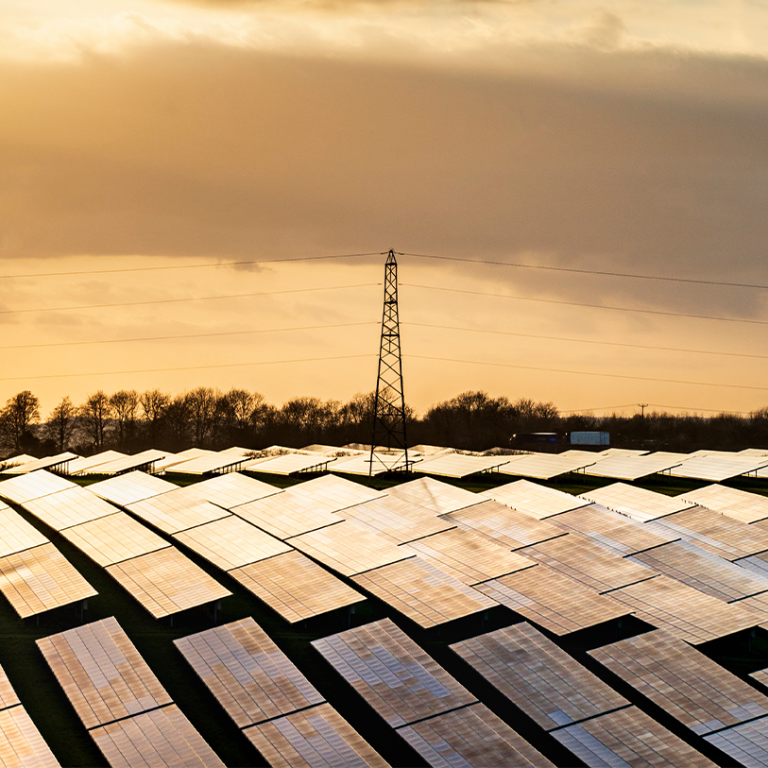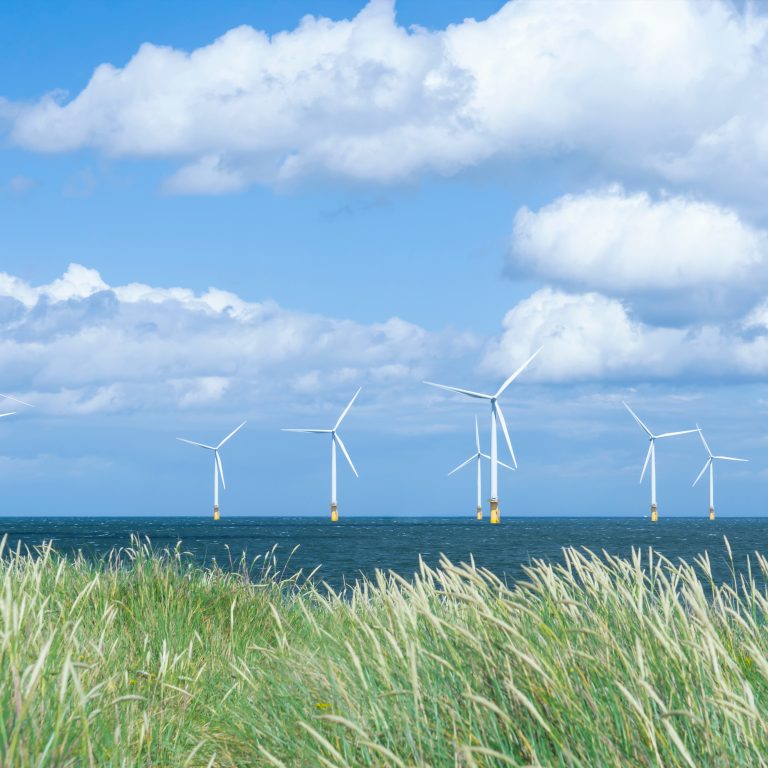Research by Imperial College London for Drax Electric Insights shows that on average Britain’s EVs emit just one quarter of the CO2 of conventional petrol and diesel cars – and if the carbon emitted in making their battery is included, the CO2 emissions are half those of a conventional vehicle:
- After just two to three years the carbon emitted in producing the batteries for the most efficient EV models would have been saved.
- Smaller EVs with modest battery sizes are better for the environment, whereas the largest luxury EV models could need three times longer to pay back their carbon cost, as manufacturing their large batteries emits as much carbon as three round the world flights.
- More CO2 is emitted in building the battery for premium EV model than from recharging it over a 15-year lifetime.
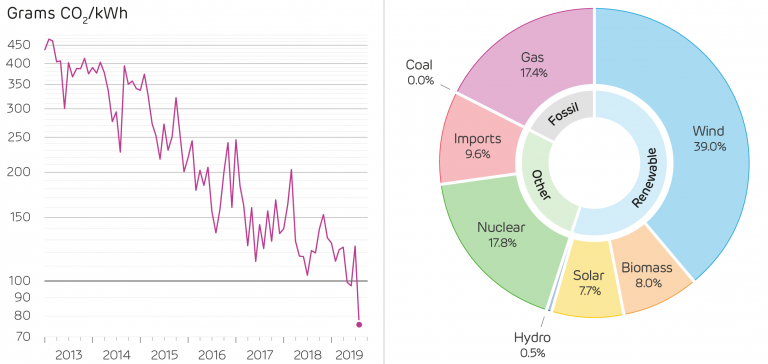
1: Minimum daily carbon intensity each month 2: Britain’s generation mix during June 30th that delivered electricity for less than 100g of carbon per kWh
The research found that the increasing decarbonisation of our electricity supply linked to the 2050 net-zero carbon target is enabling EVs to become even more environmentally friendly. Britain’s EVs bought today could be emitting just a tenth of the CO2 from a petrol car in five years’ time.
Electricity generation is decarbonising faster in Britain than anywhere else in the world. Wind, solar, biomass, and hydro supplied 55% of electricity demand on June 30, breaking last year’s record of 48% according to the report.
Dr Iain Staffell of Imperial College London said:
“EVs have real potential to reduce our carbon footprint and help meet our net-zero carbon ambitions – despite some speculation about how clean they really are.
“An electric vehicle in the UK simply cannot be more polluting than its petrol or diesel equivalent – even when taking into account the upfront ‘carbon cost’ of manufacturing their batteries. The carbon content of Britain’s electricity has halved in recent years and keeps on falling, whereas conventional engine vehicles have very limited scope to reduce emissions over their lifetime
“Any EV bought today could be emitting just a tenth of what a petrol car would in as little as five years’ time, as the electricity it uses to charge comes from an increasingly low-carbon mix.”
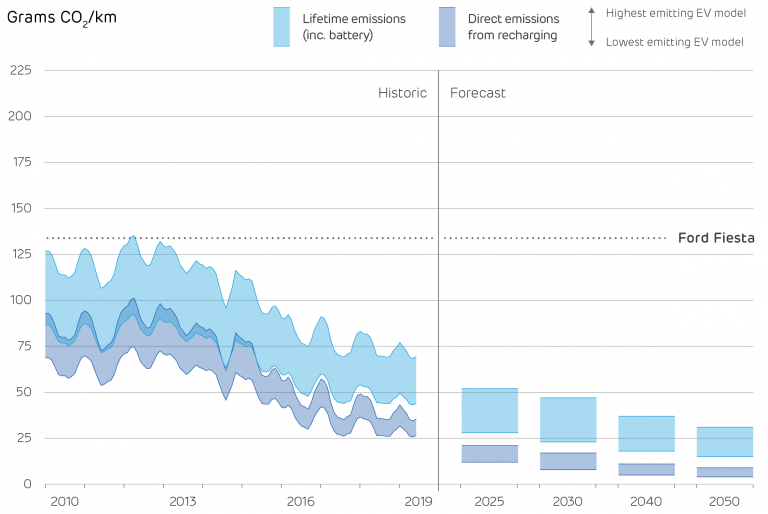
Carbon emissions from driving hatchback electric vehicles in Britain
This new analysis coincides with a longer-term consumer shift in how many electric vehicles there are on our roads, as they fast become more mainstream.
There are now well over 200,000 on Britain’s roads, and this number is growing by 30% per year. 1 in 40 cars sold in Britain is now electric, around a third of which are pure battery models, and two thirds are plug-in hybrid.
Britain’s electric vehicle fleet is expected to expand ten-fold over the next five to ten years according to National Grid’s latest Future Energy Scenarios report.
Paul Sheffield, managing director of Drax’s Customer supply businesses Haven Power and Opus Energy, said:
“The electrification of transport is going to be vital if we are to address the climate crisis. We’ve seen first-hand how complex it can be for businesses to switch their fleet vehicles to EVs and have developed a new service to help make the switch easier for them.
“Supplying renewable electricity to businesses is one step towards helping them to be more sustainable – enabling them to decarbonise other aspects of their operations like transportation, will mean they can play a fuller role in the transition to a zero carbon future.”
ENDS
Media contacts:
Matt Willey
Drax Group External Affairs Director
E: matt.willey@drax.com
T: 07711376087
Joshua Atkins
Drax Group Press Officer
E: josh.atkins@drax.com
T: 07970256355
Notes to Editors
- Drax launched an EV service for business customers earlier in the year, with SES Water its first customer.
- The research by Imperial College London for Drax Electric Insights shows:
- Electric vans are quickly taking off, with over 8,000 sold in Britain to date. Their performance is comparable to small hatchbacks, and they also currently emit around a quarter of the CO2of the most popular conventional van, with around 40 g/km. With their 30–40 kWh battery pack included, this rises to just below half the CO2of a small Ford Transit.
- Small hatchbacks are the cleanest variety of EV to drive as they are small and light.Electric models currently emit around 33 grams of CO2per km driven, which is one quarter that of the most popular conventional vehicle, a 2019 Ford Fiesta. These electric models typically come with a 30-45 kWh battery, which pushes their lifetime emissions up around 60 g/km. This is still less than half the emissions of a petrol or diesel car. With the projected changes to the grid mix, this will fall to less than one third of a standard car in just five years’ time.
- Luxury saloons and SUV models are much larger and need more energy to move, meaning they have higher emissions than hatchbacks, at 44-54 g/km. This is still just a quarter of the emissions from a comparable conventional car (a top of the range Mercedes S-Class). The lifetime emissions of these luxury EVs are notably higher though, pushed up by the enormous 90-100 kWh batteries they use to provide a driving range of over 250 miles. These batteries are responsible for more CO2emissions than driving the car over its entire lifetime.
About Electric Insights
- Electric Insights is commissioned by Drax and is delivered independently by a team of academics from Imperial College London, facilitated by the College’s consultancy company – Imperial Consultants. The quarterly reports analyse raw data made publicly available by National Grid and Elexon, which run the electricity and balancing market respectively, and Sheffield Solar.
- Electric Insights Quarterly focuses on supply and demand, prices, emissions, the performance of the various generation technologies and the network that connects them.
- Along with Dr Iain Staffell, the team from Imperial includes Professors Richard Green and Tim Green, experts in energy economics and electrical engineering, and Dr Rob Gross who contributes expertise in energy policy.
- Uniquely, Electric Insights provides real time data about the UK’s transmission grid as well as embedded wind and solar generation which is not available from other sources.
- The quarterly reports are backed by an interactive website electricinsights.co.uk which provides live data from 2009 until the present.
About Drax
Drax Group’s ambition is to enable a zero carbon, lower cost energy future. Its 2,600-strong staff operate across three principal areas of activity – electricity generation, electricity sales to business customers and compressed wood pellet production.
Power generation:
Drax owns and operates a portfolio of flexible, low carbon and renewable electricity generation assets across Britain. The assets include the UK’s largest power station, based at Selby, North Yorkshire, which supplies five percent of the country’s electricity needs.
Having converted two thirds of Drax Power Station to use sustainable biomass instead of coal it has become the UK’s biggest renewable power generator and the largest decarbonisation project in Europe.
Its pumped storage, hydro and energy from waste assets in Scotland include Cruachan Power Station – a flexible pumped storage facility within the hollowed-out mountain Ben Cruachan. It also owns and operates four gas power stations in England.
B2B supply:
Drax owns two B2B energy supply businesses:
- Haven Power, based in Ipswich, supplies electricity and energy services to large Industrial and Commercial sector businesses.
- Opus Energy, based in Oxford, Northampton and Cardiff, provides electricity, energy services and gas to small and medium sized (SME) businesses.
Pellet production:
Drax owns and operates three pellet mills in the US South which manufacture compressed wood pellets (biomass) produced from sustainably managed working forests. These pellet mills supply around 20% of the biomass used by Drax Power Station in North Yorkshire to generate flexible, renewable power for the UK’s homes and businesses.
For more information visit www.drax.com













